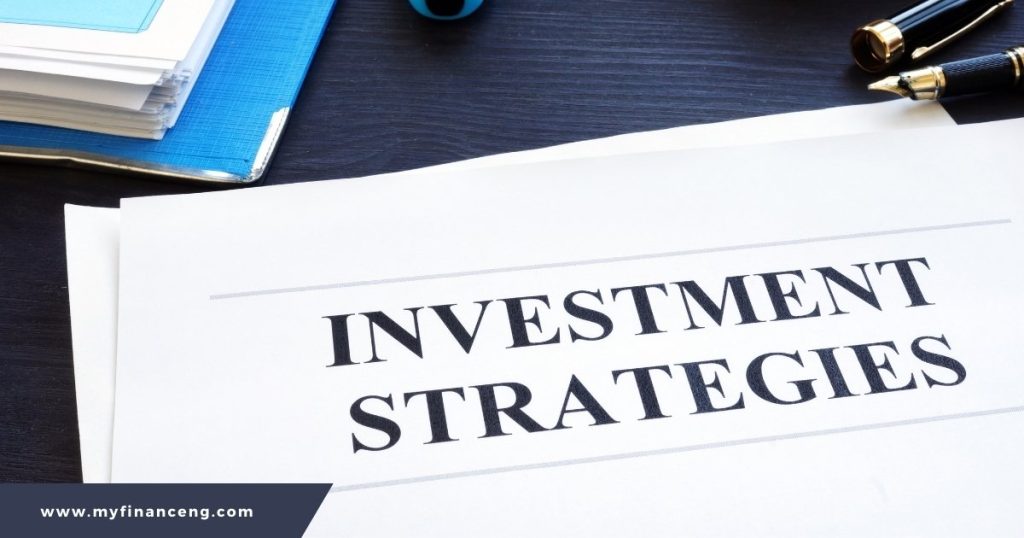Introduction
Discover Better Investing Magazine, the go-to resource for actionable insights, expert tips, and proven strategies to enhance your investment portfolio. Stay ahead in the market with in-depth analysis and practical advice tailored for both novice and seasoned investors.
Investing is one of the best ways to build wealth over time, but even the savviest investors can fall prey to expensive traps. Poor judgment in investment strategy, impulse investment decisions, and insufficient financial knowledge can eat away gains and even result in heavy losses.
Learning about these traps is vital for greater returns and long-term success. This article will discuss some of the most widespread investment mistakes that can be easily avoided so you can have a safer financial future ahead.
The Real Cost of Investment Mistakes
The Money That Can Be Lost Through Minor Mistakes
Just like falling into a destructive pattern while investing can compound over time and cost a fortune. Buying stocks at too high a price, misreading the direction the market is heading, or simply not doing basic research can undo possible profits.
There is no wrong place and time to invest; a bad decision — selling in panic, for example, or buying at a speculative peak — can cost an investor years. Everything an investor does, regardless of how insignificant it may seem at the time, should be executed with long-term growth in perspective.
The Unseen Consequences of Bad Money Decisions
That allows investors to overlook how deep poor financial decisions can cut, as they’re so focused on short-term performance and fail to realize how any one of their investment decisions can seep away at their overall financial health. A poor asset allocation strategy, ignoring the need to rebalance, and chasing hazardous investments can rob one of wealth.
However, without a well-structured plan, this can lead to a host of errors compounding and ultimately resulting in a portfolio that underperforms or cannot achieve individual financial goals.
What Even Old-Hand Investors Get Wrong
Sometimes, experience does not offer immunity to mistakes. Even experienced investors fall prey to errors, which can be expensive due to overconfidence, market complacency, and cognitive biases.
Even the most successful investors make the mistake of adhering too closely to what has worked in the past, forgetting that there are things that worked yesterday that stopped working today.
Continuous education and adaptability to market changes are crucial for sustainability in the long run.
There Is No Clear Investment Strategy

Why You Should Avoid Getting in Without a Plan
Investing without a proper plan of action is like driving without directions. No planning often means knee-jerk decisions, misallocated assets, and a haphazard approach to risk.
This is particularly important for investors, as investors who haven’t laid out their goals and risk tolerance may find themselves choosing emotion over rationality in the marketplace, which is the last thing one would want in volatile markets.
Building a Long-Term Investment Strategy
Let us turn our eyes to the wise investment strategy so that we can make suitable long-term investments. A well-structured long-term investment strategy is built on a three-legged stool: obvious financial goals, diversification, and disciplined decision-making. Ambitious investors must start with an outline of objectives, such as retirement, wealth accumulation, or passive income.
Developing an Investment Strategy That Aligns with Your Goals. Having defined your goals, you then create an investment strategy that is in line with those goals, thereby ensuring that your performance is consistent with your values and that you do not “overreact” to short-term fluctuations in the market.
Realistic (SMART) Financial Goals and Achievability
Building realistic financial goals is essential to not becoming frustrated or trying to have impossible expectations. The goals should be S.M.A.R.T. The company proposes a single solution to a significant challenge for individuals: in much the same way that people often set targets to accumulate wealth, people can also aim for a particular amount of savings and investment by a certain age. This involves reviewing and revising financial goals to ensure they account for changing circumstances.
Emotional Investing: The Secret Portfolio Poison
Why Bad Decisions Are Dictated By Fear And Greed
Psychological forces such as greed and fear are some of the most potent motivators of the decisions we make about our investments. Investors are driven by fear to sell at the low beat, timing locking in losses in bear markets.
On the flip side, greed can manifest as speculative investing, as investors pursue high returns without comprehending the risks involved. They could lead to decisions that make it harder to build wealth over the long term.
Contextualizing Emotional Triggers and Market Behavior

Since emotional triggers are critical to an investor sticking to a logical decision-making process, they are also important to understand. Market gyrations, sensational media headlines, and social influence can all elicit emotional responses that can engender rash decision-making.
Having an awareness of these triggers helps investors remain focused on long-term objectives rather than reacting to short-term movements.
Tips For Keeping Your Investments Rational
Investors have rules-based strategies to combat emotional investing. Strategies like dollar-cost averaging, automatic investing, and predetermined portfolio allocations help you stay disciplined. Moreover, avoiding market news amid a volatile month can help avoid reactionary trading, which often comes at a loss.
The Importance of Diversification and Avoiding Overconcentration
Why It’s Risky to Put All Your Money in One Place
Specific risk, or risk to an individual stock, industry, or asset class, is increased with overconcentration. If that specific asset has a poor performance, the entire portfolio has a poor performance. By spreading risk over multiple investments, diversification mitigates the effects of any single loss.
Diversify for Stability and Growth
Diversification serves as a buffer during downturns. A diversified, well-managed portfolio contains stocks, bonds, real estate, and alternative investments. Diversification can help investors long run get with more steady returns over time.
How To Create A Balanced Portfolio That Lasts
A balanced portfolio should be tailored to an investor’s risk tolerance, time horizon, and financial goals. Adjust asset allocation periodically to reflect the desired level of risk and return. More fund layers, like exchange-traded funds (ETFs) and index funds, can help improve diversification with zero to little effort.
What is the ideal publication for investing?

It is essential to discover trustworthy and enlightening resources when it comes to moving through the difficult business of investments. What is the best publication on investing? For both new and experienced investors wishing to expand their knowledge base, it is often this question that shapes the answer to the said query.
With so many options available, The Wall Street Journal is a top choice. Through its extensive coverage of market trends, economic analyses, and expert commentary, it stands as a pillar of informed decision-making.
If you lean toward the research side, Barron’s is for you with an overwhelming amount of data, insights, portfolio strategies, and stock selections. This makes it a must-follow for all serious investors, due to its connected approach in analyzing market movements.
On the other hand, Investor’s Business Daily appeals to growth seekers with a site that offers actionable tips and performance numbers.
From a global perspective, The Financial Times offers unrivalled coverage of international markets, geopolitical forces, and macroeconomic trends. It provides nuanced coverage that allows investors to see the interconnectedness of global economies.
The best publication for investing ultimately depends on your individual goals and preferences. From real-time news, in-depth analysis, and an international perspective, these publications provide a wealth of knowledge to enhance your investment journey.
Market Timing vs. Time in the Market
The Illusion of the Ideal Timing of the Market
Aiming for the ideal timing to jump into the fest is an unrealistic objective, even for professional investors. There’s no guarantee of waiting for the “right” moment to enter the market, and even if it did exist, you may lose out on your opportunity.
The Superiority of Long-Term Investing Over Short-Term Speculation
Historical data shows that the market rewards a buy-and-hold strategy instead of trading often. Market volatility averages out over long periods, and dollar-cost-averaging into investments, regardless of short-term fluctuations, results in superior compounding returns.
When to Buy, Hold, and Sell For Maximum Gain
“Investors should be interested in fundamentals, not a few seconds of movement in price. Discipline investment by purchasing quality assets at fair valuations, holding them through the cycles, and selling them only in the event of a structural deterioration in fundamentals.
What is the best publication for investing?

When seeking the best publication for investing, look for sources with a reputation for credibility and analytical rigour. Trained on data through October 2023, figures such as those who have established platforms similar to The Wall Street Journal or Bloomberg that provide the best-in-class market.
For crypto-heads, CoinTelegraph and Decrypt deliver the latest news and expert takes. Specialized publications such as Morningstar offer deep dives into mutual and exchange-traded funds.
What is the best publication for investing ultimately comes down to your focus; however, utilizing trusted multiple sources achieves a well-rounded, informed outlook regarding traversing financial marketplaces.
Conclusion Of Better Investing Magazine
Investments are tricky and need the proper knowledge and a disciplined and strategic approach to avoid costly mistakes and losses. Such investors do their due diligence plan ahead of time and have the patience to wait for markets to turn in their favour in times of volatility.
A good investment portfolio is diversified, has emotional control, and follows an established financial plan. Investors can attain financial prosperity and security over time by studying these traps and changing tactics to avoid them.
The trick is consistency — we make patient, informed choices today, and they pay off big-time in our financial future.

